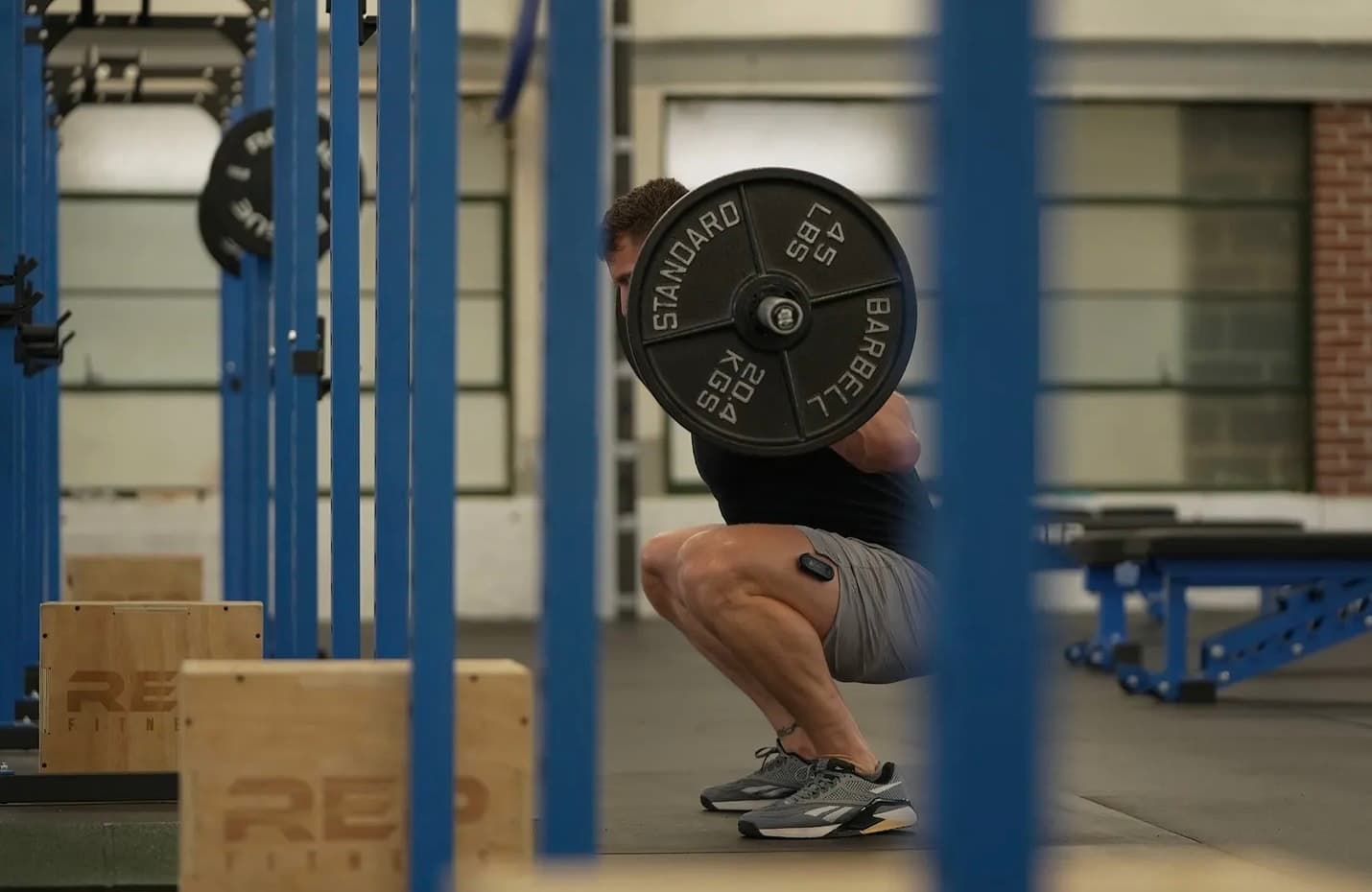It's often said that exercise science explains what coaches have already figured out in practice. The truth is not too far off. For decades, our knowledge of how to enhance physical performance has outpaced our understanding of human physiology during exercise. However, this is soon to change.
In recent years we've seen an explosion of new technologies that allow coaches and athletes to monitor physiological function in real-world settings, allowing them to better understand the relationship between external work outputs (velocity, power, etc.) and internal physiological states.
These new technologies reach far beyond traditional measurements such as heart rate, volume of oxygen consumption (VO2), and blood lactate, which are systemic indicators of physical exertion. For example, it is now possible to measure changes in local muscle oxygenation (SmO2), which is a measure of oxygen supply in exercising muscles.
However, until recently SmO2 measuring devices were largely limited to research settings and the few devices that were available to consumers were difficult to use, stifling widespread adoption. NNOXX changes all of this by combining real-time lab-grade measurements with an easy-to-use mobile app. In this article we’ll show you how Crossfit athletes and coaches can use NNOXX to address one of the most common exercise limitations in Crossfit.

